A sensor is a common detection device that converts signals from detected objects into electrical signals for output, storage, or recording. These devices have wide applications across industries including manufacturing, chemical processing, power generation, electronics, machinery, and agriculture. Water quality sensors (or probes) are essential tools in aquaculture, playing critical roles in maintaining healthy aquatic environments.
Aquaculture farms are prevalent in coastal regions, where optimal water conditions directly determine the harvest yield of fish, shellfish, and other aquatic species. Water quality – a primary factor affecting productivity – is now precisely monitored using sensors. Key parameters include temperature, dissolved oxygen levels, and toxic gas concentrations. While farmers historically relied on experience, modern dissolved oxygen sensor technology enables precise, real-time monitoring.
Key Monitoring Parameters and Sensor Technologies
Multiple factors require continuous assessment in aquaculture water:
-
Temperature sensors track thermal changes (crucial as metabolic rates of aquatic life depend on specific temperature ranges)
-
pH meters measure acidity/alkalinity (pH affects ammonia toxicity and biological processes)
-
DO sensors monitor dissolved oxygen (*DO levels below 5 mg/L can stress fish, while levels under 2 mg/L cause hypoxia*)
-
Specialized sensors detect toxic gases like hydrogen sulfide
Technological advancements have introduced specialized sensors: antiviral sensors detect water contamination, while density sensors optimize stocking levels for healthy growth. Different species require tailored monitoring – temperature-sensitive organisms need dedicated thermal sensors, while oxygen-dependent species necessitate DO sensors for continuous dissolved oxygen tracking. Geographic factors must also be considered in system design to ensure optimal harvests.
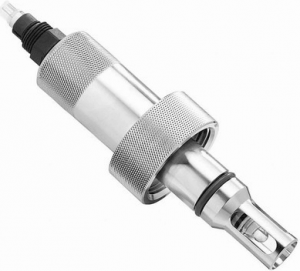
Integrated IoT Systems for Modern Aquaculture
Automated IoT monitoring systems incorporate multiple water quality sensors to track temperature, salinity, pH, dissolved oxygen, and other critical parameters. Underwater cameras can be deployed for visual oversight of stock. This integrated approach provides early emergency warnings through video analytics, significantly reducing labor costs and enabling end-to-end farm automation.
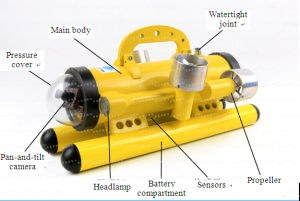
Recommended Dissolved Oxygen Sensor
Submersible Galvanic Dissolved Oxygen Sensor – DO6400/DO7400 Series
Ideal for aquaculture and wastewater applications, these dissolved oxygen sensors require minimal maintenance while delivering reliable oxygen measurements.



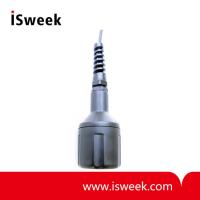

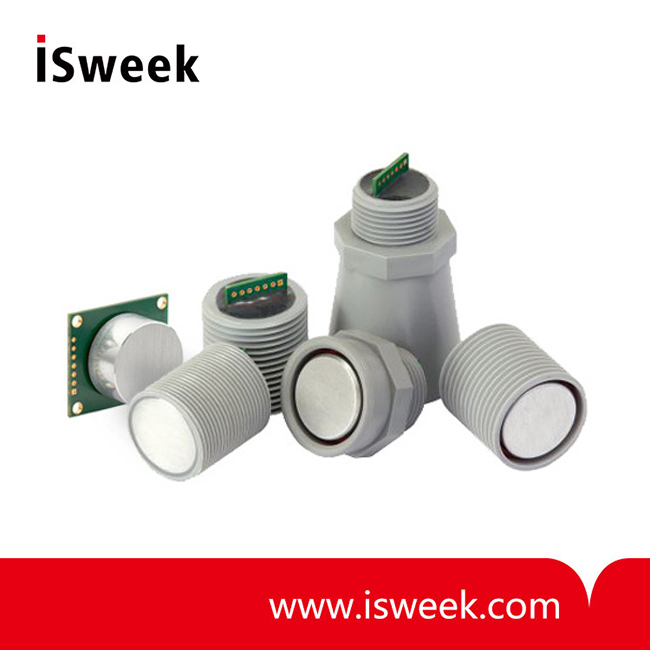
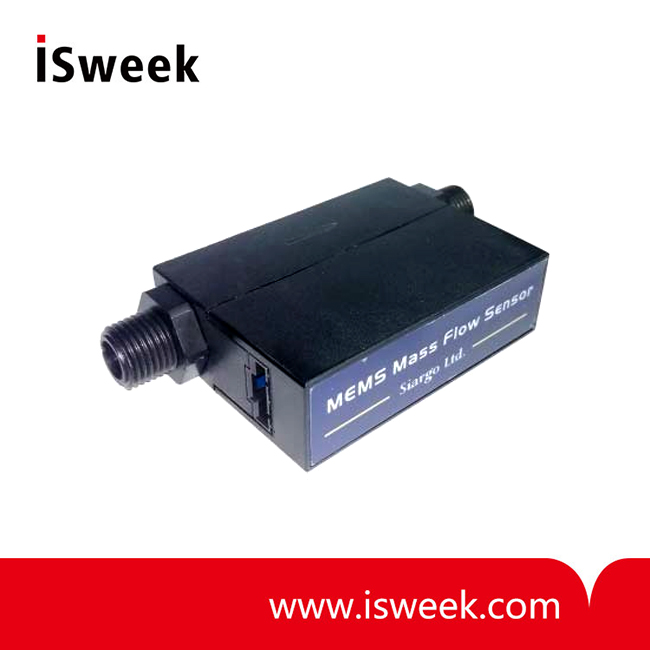
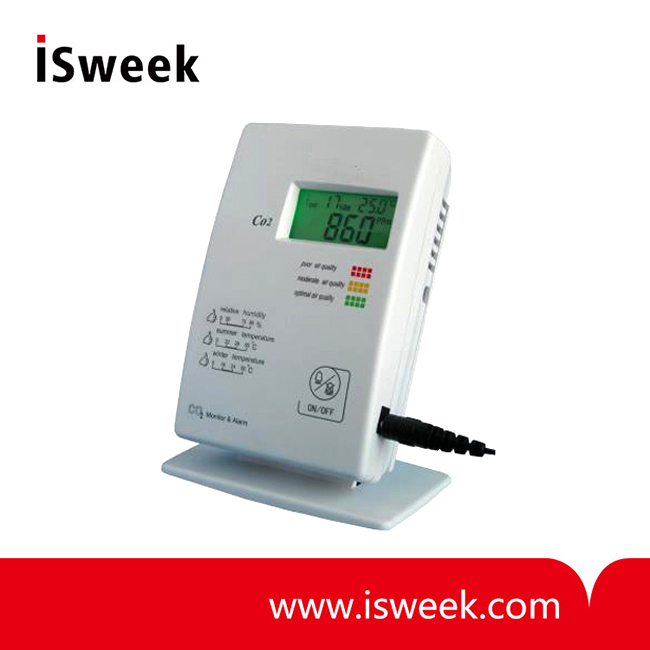
Thanks for some other informative website. Where else may I am getting that type of information written in such a perfect approach? I have a mission that I’m just now operating on, and I’ve been on the glance out for such info.
Thanks for sharing..
The Application of Water Quality Sensor in Aquaculture are very good and informative.
These exercises defeated snoring and sleep-apnea the
very first night.
Good night and sweet repose! 🙂